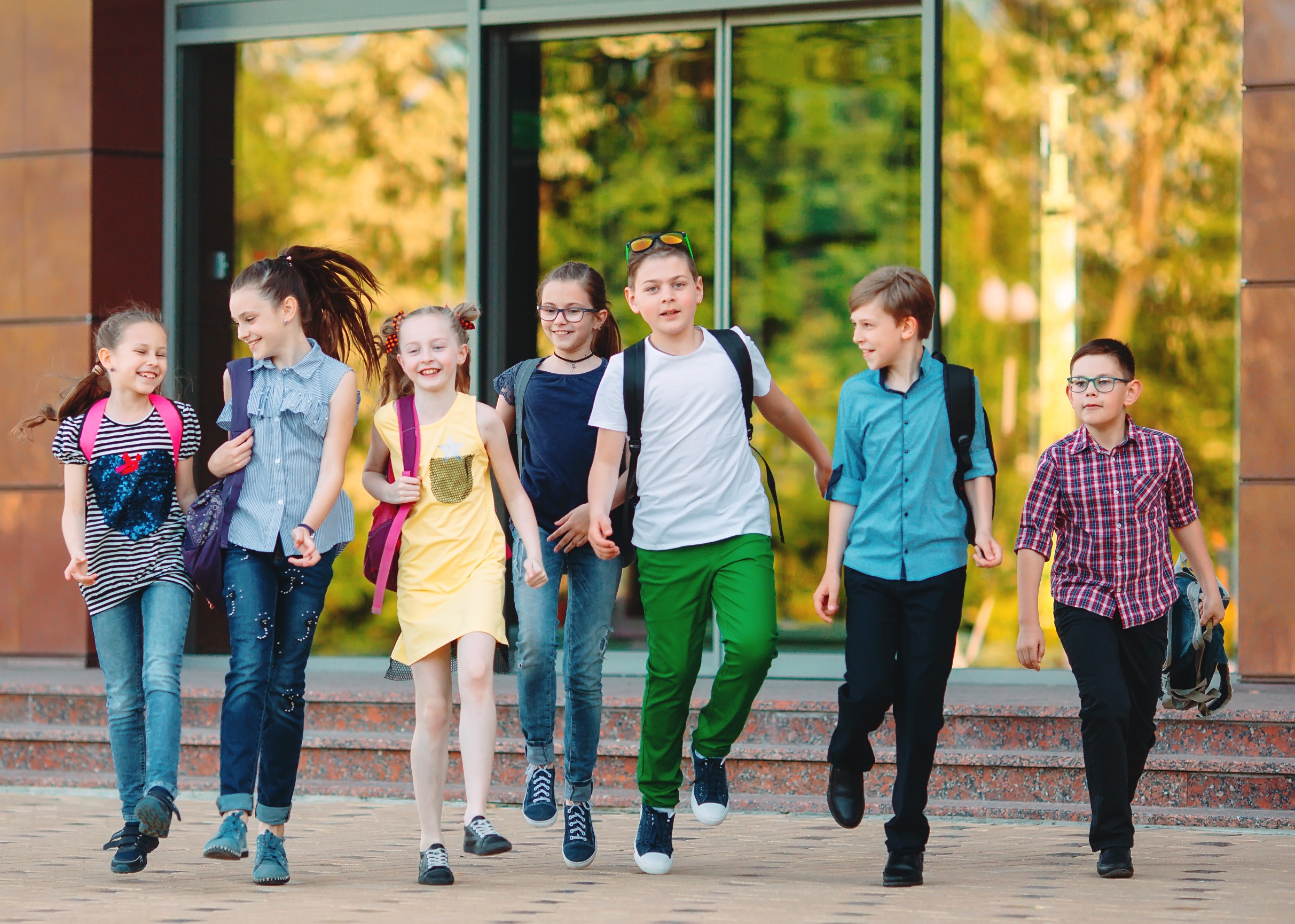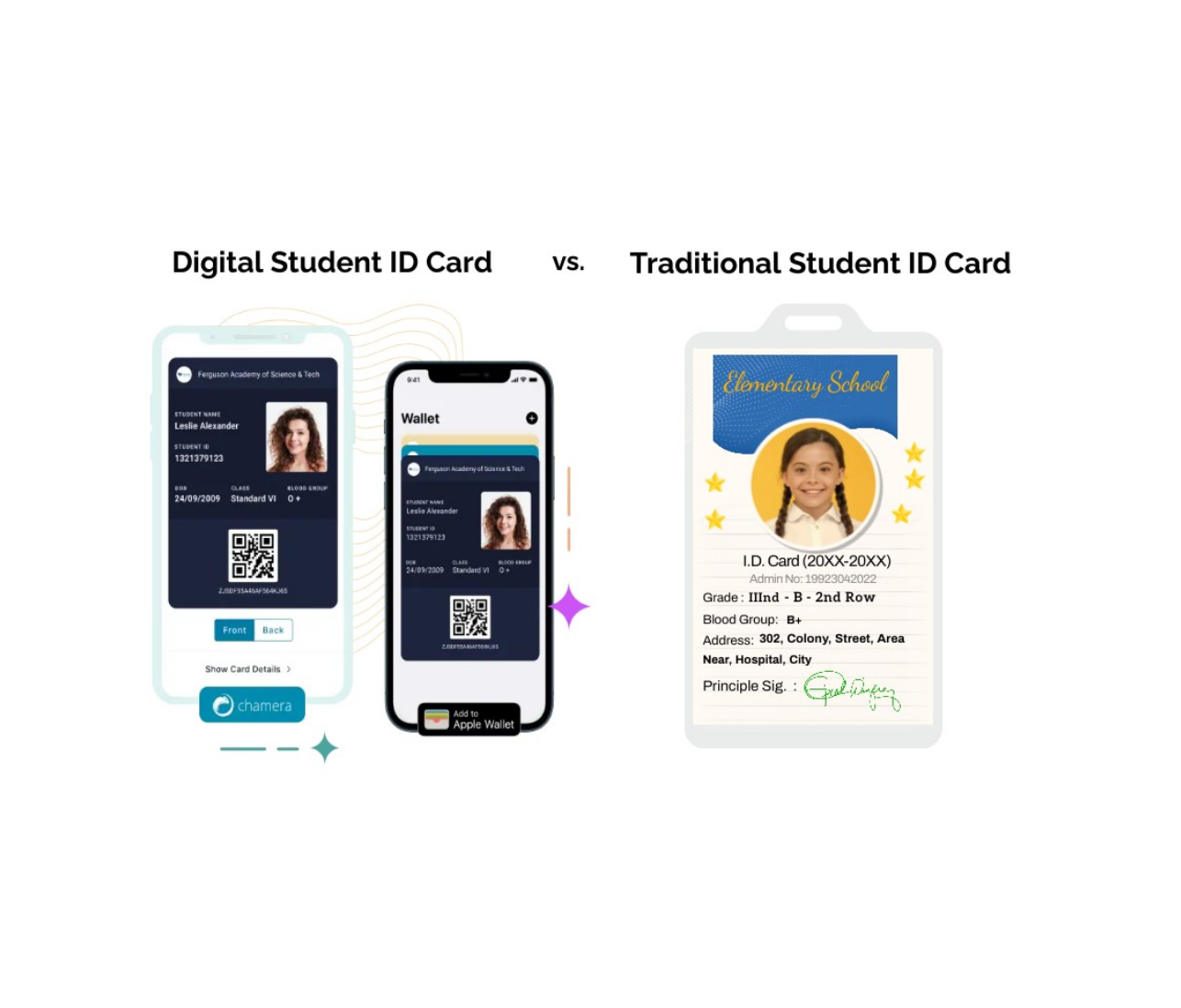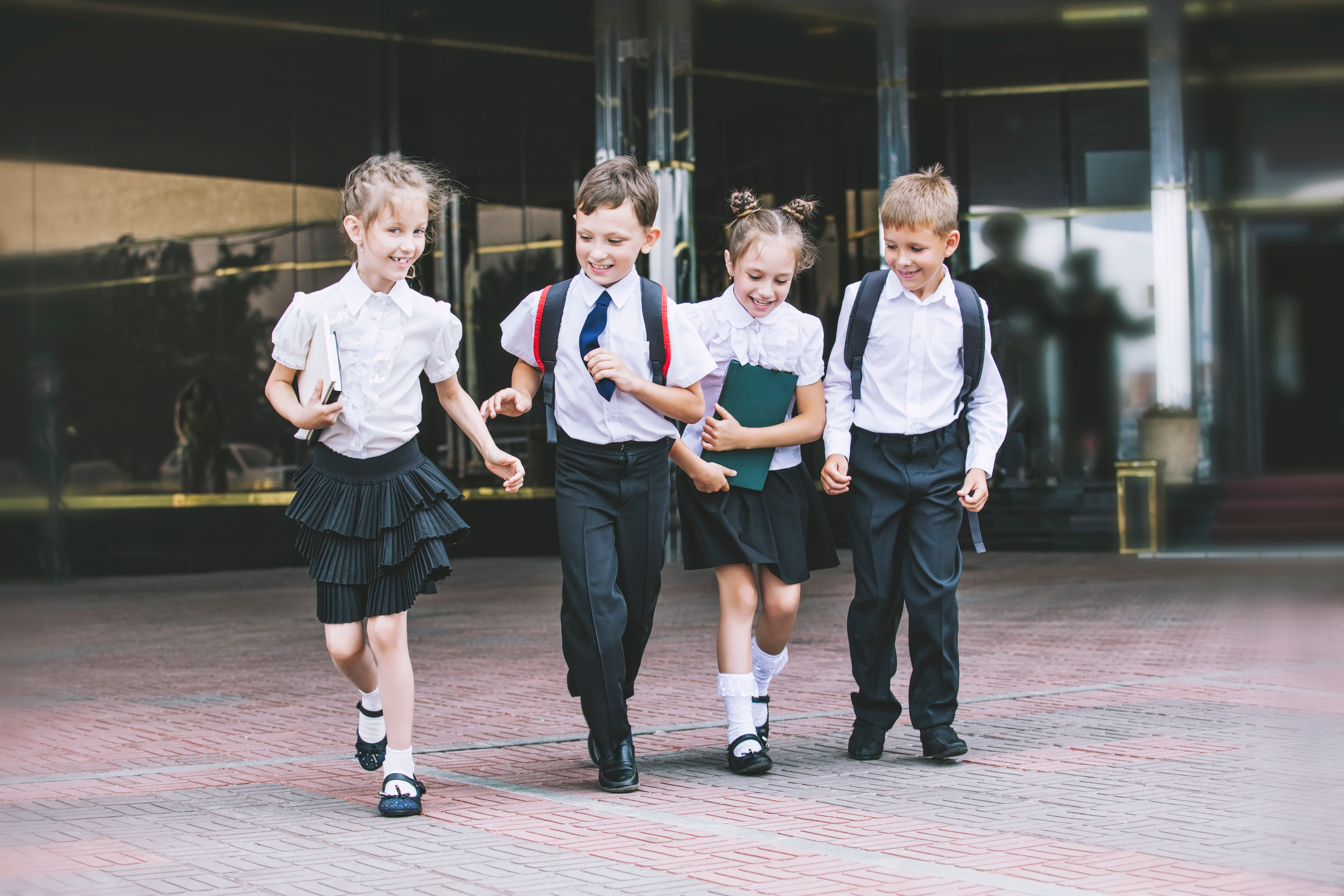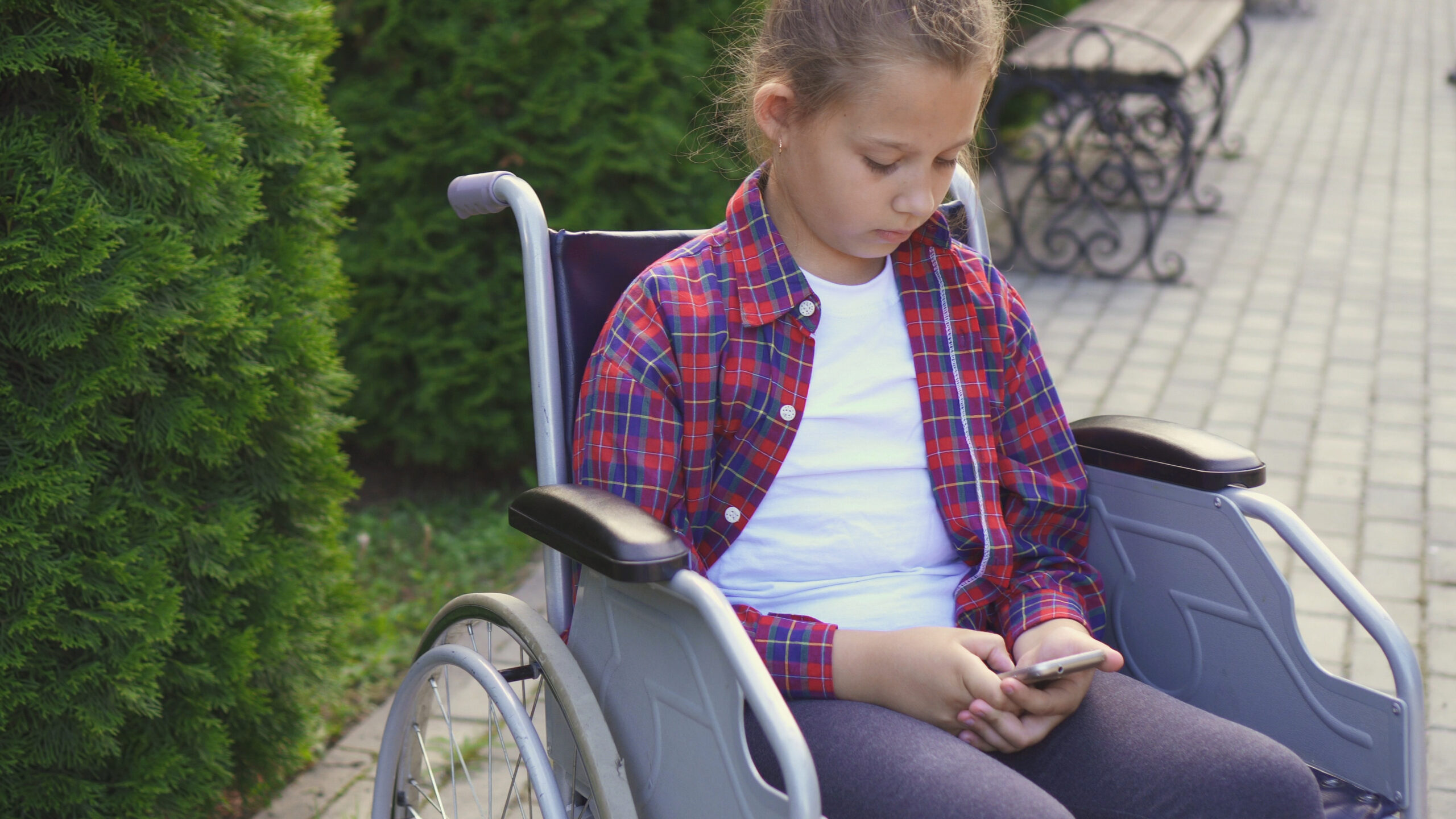Students spend almost half their day in school, learning the basics of education and creating millions of memories. Parents leave their kids at school believing the environment is safe and the children are in good hands. But are schools safe from all the dangers?
School safety is a topic that has gathered increasing attention in recent years, as incidents of violence and other safety concerns have become more prevalent in schools worldwide. In response, institutes have developed and implemented various safety standards and practices to ensure the safety and well-being of students, teachers, and staff.
If we compare the current time with the past, a revolutionary change can be seen in the protection and welfare sector of the institutes. In this read, we will look into the comprehensive overview of the previous, present, and future of school safety, hoping to promote continuous improvement in this crucial sector.
Safety procedures in schools
From the early days of one-room schoolhouses with no safety protocols to the present day with digital id card and other sophisticated security systems, the history of school safety has been one of constant change and adaptation. Let’s dive into the in-depth changes schools have made so far in this journey of well-being.
The Past
Before the 20th century, school safety was not a significant concern for most people. Schools were often one-room buildings with a single teacher responsible for teaching all grade levels. In fact, many institutes had no security standards or protocols in place. Concerns for danger were primarily related to fire hazards and building construction rather than violence.
In the early 19th century, fire drills were introduced as a safety measure to ensure that students knew how to evacuate the building in the event of a fire. However, these drills were not standardised, and many schools had no evacuation plans.
As schools became more structured in the late 19th century, school safety began to receive more attention. School boards began to mandate building inspections and use fire-resistant materials in construction. Teachers were also required to receive training on responding to emergencies, such as fires and severe weather.
The Present
School safety has come a long way over the past few decades, as 30 years ago, protocols were much simpler than they are today. The primary protection measure in schools was the fire alarm, and later metal detectors and closed-circuit television (CCTV) were introduced. If we talk about the present scenario of a well-maintained updated school, it should have all these features included in its system-
- Access Control– a system in place to regulate who can enter the building and ensure that only approved personnel are allowed inside. Also, a visitor management system is in place to ensure that only authorised visitors are allowed on campus.
- Advanced ID card facility– is a revolutionary change some schools practice to ensure maximum safety. Digital id cards for students can be accessed through a secure online portal, which they can use to access various school services. This facility helps streamline administrative processes and reduce the risk of errors in data entry. Also, the data remain safe in this method and reduced physical contact and paper-based processes can help lessen the spread of infectious diseases.
- Surveillance Systems– the school should have a CCTV system in place to monitor activity and identify potential security threats. The cameras are put in all the high-traffic and low-traffic areas to monitor and prevent all internal dangers.
- High-security locks– are another useful modern technology that schools have nowadays to lock rooms. These locks are designed to be more difficult to pick or break than standard locks, providing an added layer of security. Schools can help prevent theft and unauthorised access to sensitive information or equipment.
- Emergency Preparedness– plan in place, including lockdown drills and procedures for responding to various emergencies. Panic room technology is practised in some schools where students and teachers can take shelter in times of any hazardous situation.
What Should be The Future of The Security Protocols for Schools?
In 2018, a report by the Commissioner for Children and Young People discovered that 20% of students between Year 7 to Year 12 experienced feelings of unsafety either “often” or “sometimes”, while 44% had concerns that they might be bullied or hurt. Be it private or public school, it is unacceptable for any child to experience these types of feelings, especially in an environment where they should feel the safest which is their school.
The development that has happened over the years is really praise-worthy. Still, as technologies are developing daily, we can expect more innovations and declare school the safest for everyone involved. Some possible advancements can be-
- One key area of focus is likely to be using advanced technologies, such as artificial intelligence (AI) and machine learning (ML), to better identify and respond to potential threats. For example, schools may use AI-powered surveillance systems to analyse real-time video footage to detect suspicious activity or behaviour.
- Fully digitalised entry and exit system so that whoever enters the premises has their information saved in the system. For that, digital id card systems should be a regular practice for every school’s teacher, student and staff. Schools can start practising from now on through a smart digital id car app where everyone can make their own identity cards and have facilities for getting free digital id.
- In addition to these technological features, schools may also prioritise the implementation of training and education programs that can help students and staff members better understand and respond to potential threats. This could involve everything from active shooter drills and emergency response training to mental health and conflict resolution education.
In conclusion, the future of school safety is likely to involve a combination of advanced technologies, innovative strategies, and ongoing education and training. By taking an active approach to security and prioritising the well-being of students and staff, schools can create an environment that is safe, secure, and encouraging for learning and growth.




